The number of people forced from their homes is escalating more rapidly than any other time in recent history. Today, the magnitude of dislocation is at a record high. Globally, more than 60 million people are displaced. Among them are 21 million refugees, two-thirds of whom live in urban areas.
As a just-released 100 Resilient Cities report, Global Migration: Resilient Cities at the Forefront, makes clear, migration has become a major urban challenge. While national leaders establish borders and visa regimes, local authorities are responsible for welcoming new arrivals. That means housing, educating, training, and ultimately integrating individuals from different backgrounds and cultures, while maintaining public order and safety.
Ineffective management of these challenges can exacerbate existing stresses on city systems and services, as well as social tension between newcomers and existing residents. Settlement patterns can intensify the problem, given that migrants frequently move into already marginalized neighborhoods.
Drawing on the experience of chief resilience officers and city staff from municipalities including Amman, Athens, and Paris, the 100 Resilient Cities report finds cities that incorporate migration into their planning – developing proactive, rather than reactive strategies for addressing associated challenges – are best positioned to thrive in this new context. That’s the case on a range of urban issues – affordable housing, energy use, and transportation chief among them.
Across the board, the report finds that city leaders do well to prioritize interventions that benefit communities as a whole. This strategic approach, detailed in the document, is critical to tamping down the perception of competition between newcomers and long-time residents, and ultimately, resentment among them. When residents believe that migrants are the cause of deteriorating living conditions, it is likely easier for right wing populists to promote their politics. When social alienation increases, the same is true for extremist organizations, which often attempt to radicalize the disaffected. Developing thoughtful strategies for preempting tensions and promoting an environment where cohesion can grow should be high on city leaders’ agendas. The report highlights several practitioner resources – including a technology platform – that can help them further that goal.
As they do so, local policymakers in advanced aging economies should bear in mind: migrants are important for maintaining a stable workforce and high aggregate demand. Lowering barriers to labor market entry, though at times politically fraught, is essential to connecting newcomers to opportunity – and often, the report indicates, to boosting growth as a whole.
The challenges associated with integrating new arrivals are multi-faceted and long term. If current trends continue – and we expect that they will – cities can expect to face mounting pressures across several dimensions, making collaboration with national governments, as well as the private sector, increasingly crucial. The good news is, as vibrant hubs of economic and social activity, municipal leaders have substantial influence to assert. If they do that, and incorporate the impacts of migration into their broader planning, cities can use this challenge as an opportunity to build greater resilience. That will serve them – and all of their residents – for years to come.
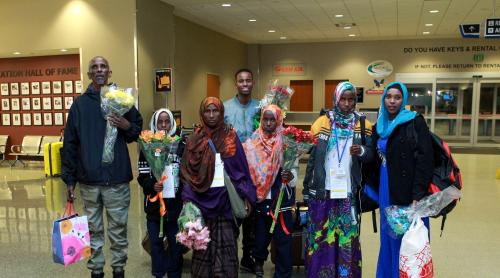
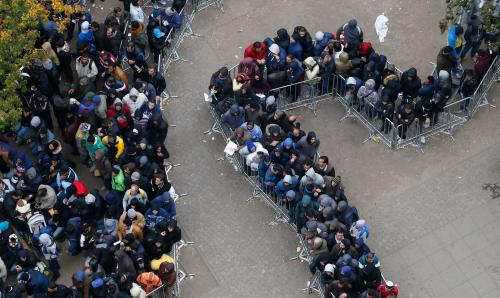
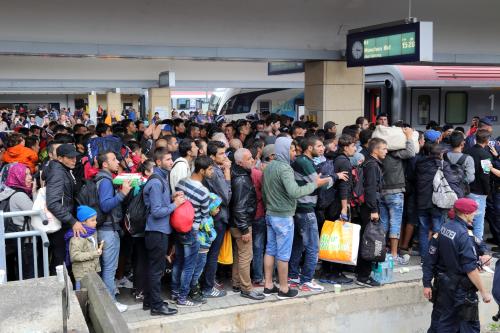





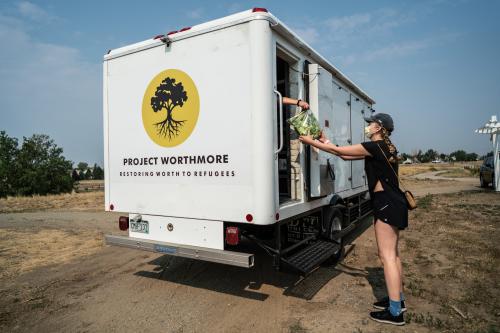
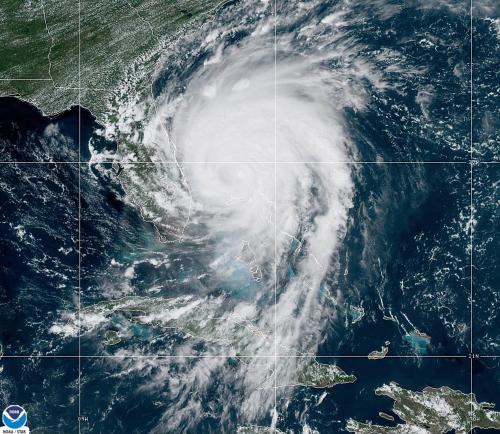
Commentary
Resilient cities plan for urban migration
May 26, 2017